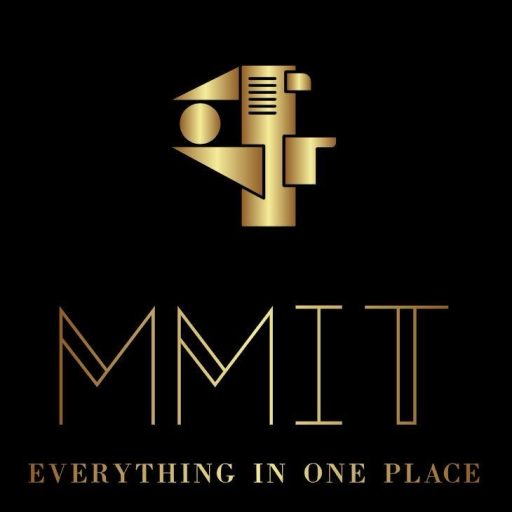
Shearing is one of the simplest and most efficient methods for cutting sheet metal. This article explores how shearing works, its advantages in metal fabrication, and when it is the ideal cutting method for your project.
Introduction:
In the world of metal fabrication, shearing is a quick and reliable process used to cut straight lines on flat metal sheets. The process involves applying force to a metal sheet between two blades, which creates a clean cut without the need for heat or complex equipment. This makes shearing an attractive option for fabricators who need a fast, cost-effective way to cut large sheets of metal.
Topics:
- What Is Shearing?: Shearing is a mechanical cutting process that uses a pair of blades to apply force to a metal sheet, effectively slicing it into pieces. The process is highly efficient and is commonly used for cutting straight lines on flat sheets of metal like steel, aluminum, and brass.
- Advantages of Shearing in Metal Fabrication:
- Speed: Shearing is one of the fastest cutting methods available for flat sheets of metal, making it ideal for large production runs. Unlike other methods that may require more time to set up or execute, shearing can process metal sheets quickly and efficiently.
- Clean Cuts: Shearing produces a clean, straight cut without the need for additional finishing work. The lack of heat in the process also ensures that the metal retains its structural integrity.
- Low Cost: Shearing requires minimal equipment and is a cost-effective option for cutting large volumes of metal. It’s particularly useful for projects where straight cuts are required in bulk.
- Minimal Waste: Shearing generates minimal scrap material, reducing waste and lowering material costs. This makes it an eco-friendly option for metal fabrication.
- When to Use Shearing: Shearing is ideal for projects that require straight cuts in flat metal sheets, especially when speed and cost are priorities. It’s commonly used in the automotive, construction, and manufacturing industries to cut metal panels, frames, and brackets.
- Limitations of Shearing: While shearing is effective for straight cuts, it is less suited for creating intricate shapes or curves. Other methods, such as laser cutting or plasma cutting, may be better choices for projects that require more complex designs.
Conclusion:
Shearing remains one of the most reliable and efficient cutting methods in metal fabrication, particularly for projects that require fast, straight cuts in flat sheets of metal. Its speed, cost-effectiveness, and ability to produce clean cuts make it an invaluable tool for manufacturers across a wide range of industries.








Hi, this is a comment.
To get started with moderating, editing, and deleting comments, please visit the Comments screen in the dashboard.
Commenter avatars come from Gravatar.